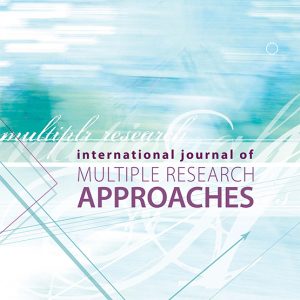5(1).05. Beyond the ceiling effect: Using a mixed methods approach to measure patient satisfaction
$30.00
Description
Beyond the ceiling effect: Using a mixed methods approach to measure patient satisfaction
SHARON ANDREW
Professor of Nursing, Department of Acute Care, Anglia Ruskin University, Chelmsford, Essex, UK; Family and Community Health Research Group FaCH, Penrith, NSW, Australia
YENNA SALAMONSON
School of Nursing and Midwifery, University of Western Sydney; Family and Community Health Research Group FaCH, Penrith, NSW, Australia
BRONWYN
EVERETT Faculty of Nursing, Midwifery & Health, University of Technology Sydney, Lindfield, NSW, Australia; Family and Community Health Research Group FaCH, Penrith, NSW, Australia
ELIZABETH J HALCOMB
School of Nursing and Midwifery, University of Western Sydney; Family and Community Health Research Group FaCH, Penrith, NSW, Australia
PATRICIA M DAVIDSON
Centre of Cardiovascular and Chronic Care, School of Nursing and Midwifery, University of Technology Sydney and Curtin University, Sydney, NSW, Australia
ABSTRACT
This study reports patient satisfaction with the nursing care on a neurosurgical critical care unit. A modified version of the Ludwig-Beymer Patient Satisfaction Questionnaire (PSQ-7) was used, and included structured items and semi-structured interview questions. Data were collected from 149 patients. Participants rated their satisfaction as high (Mean = 25.14; SD = 2.96). The distribution of scores was skewed and every item demonstrated a ceiling effect. Principal component analysis yielded a one-component solution which explained 48% of the variance. NVivo® was used to match PSQ-7 scores with qualitative data. Participants’ comments were categorised as positive, negative or ‘yes, but’. Just over half the patients made positive comments and 29% of patients in the low group made negative comments. Three categories: ‘communication’, ‘nursing care delivery’ and ‘the hospital environment’ emerged from the qualitative data. A mixed method approach enables researchers to move beyond the ceiling effect of quantitative measures of patient satisfaction and to gain a more meaningful explanation of patient satisfaction.
Keywords: patient satisfaction, mixed methods, communication, patient safety, quality assurance


